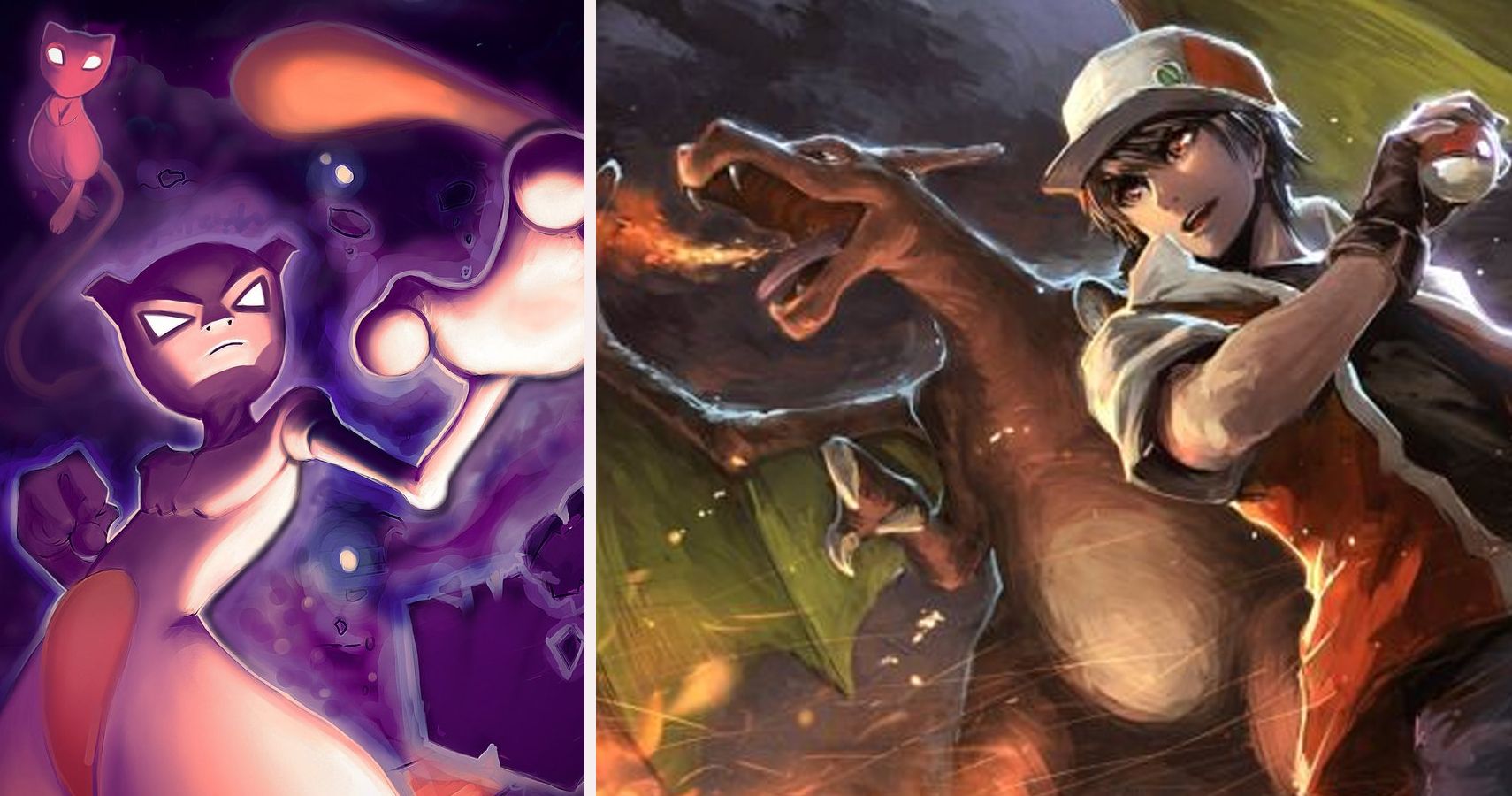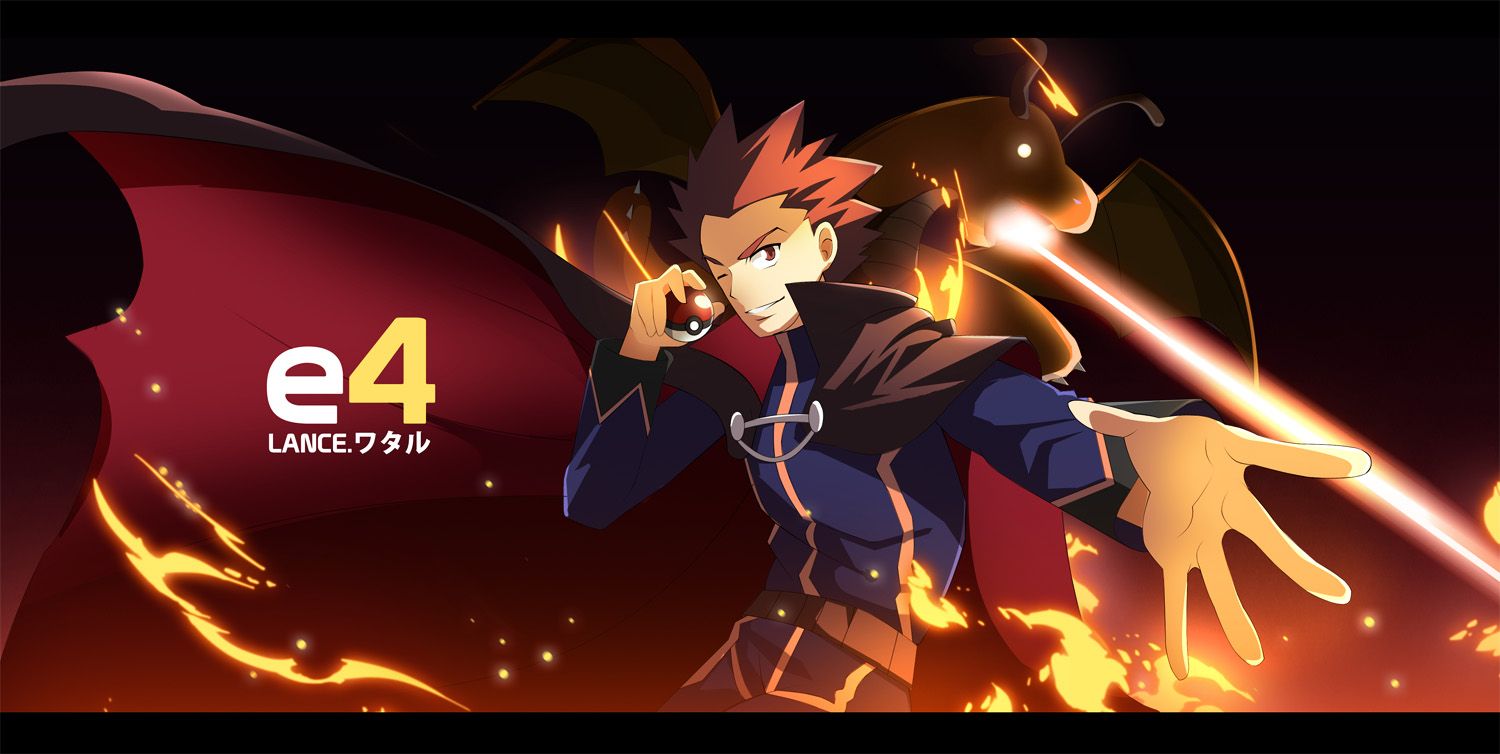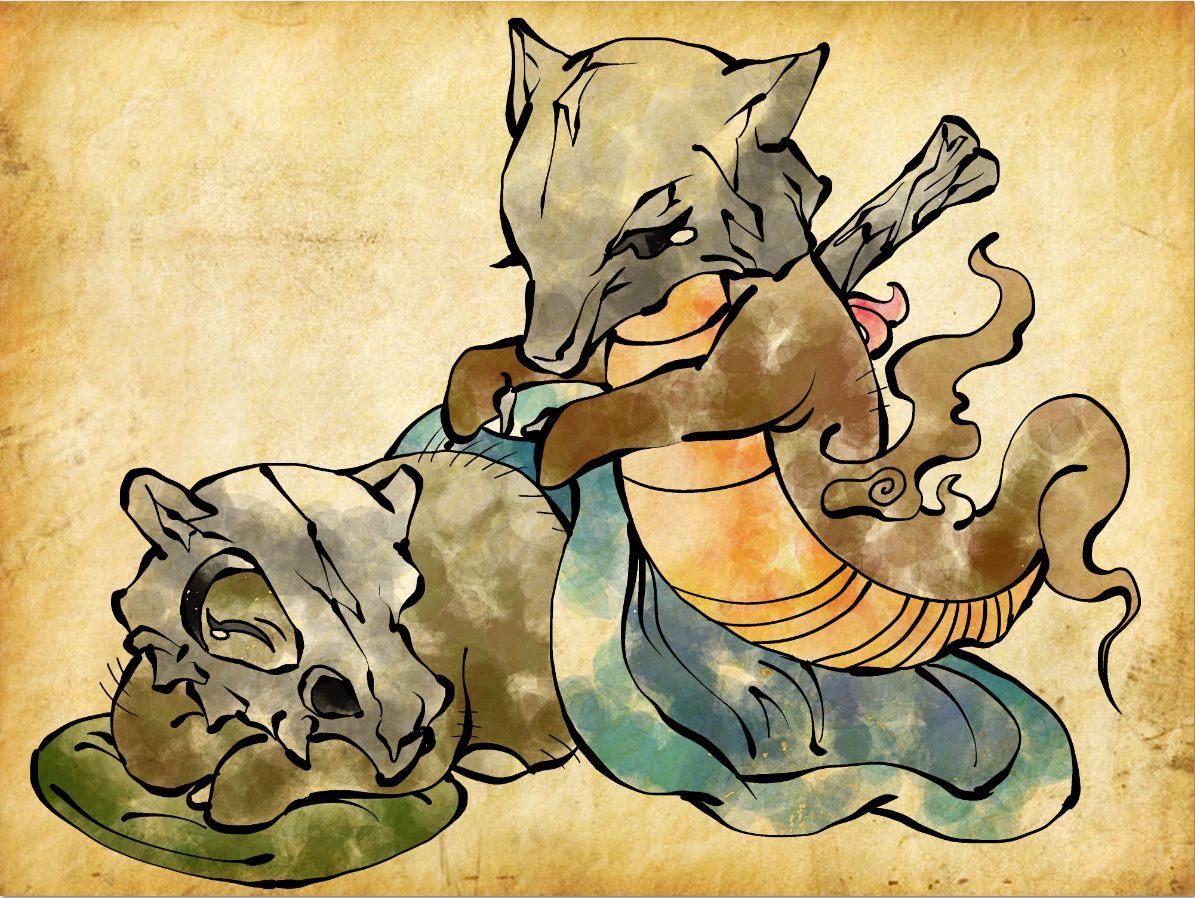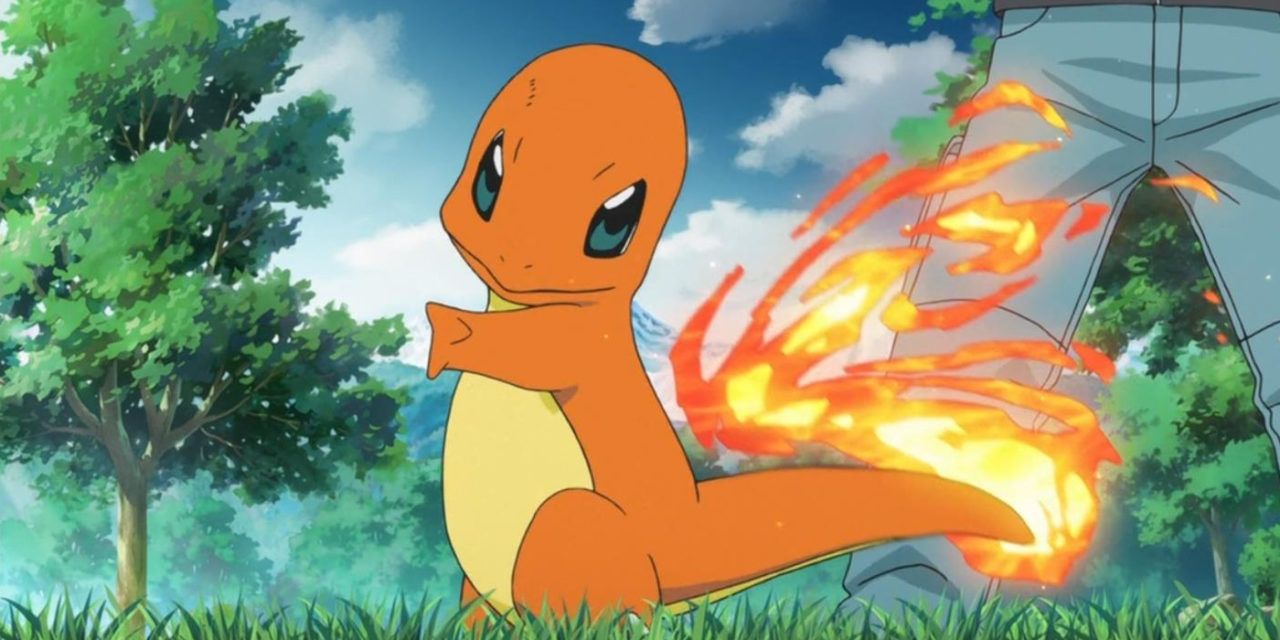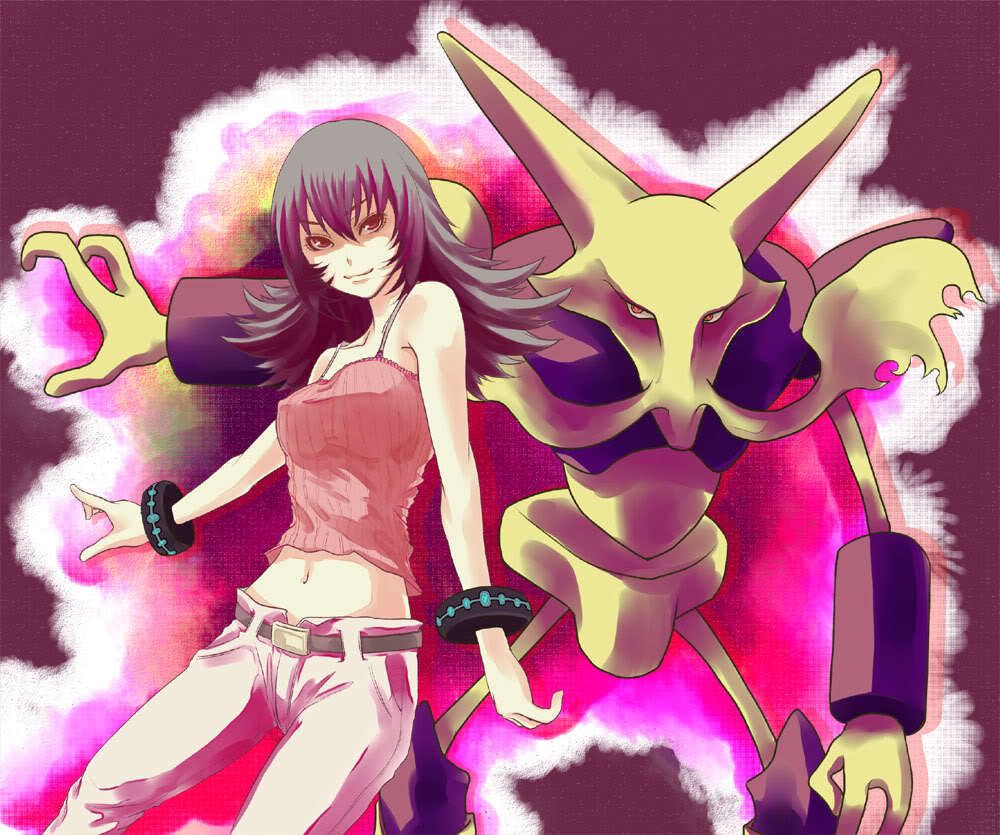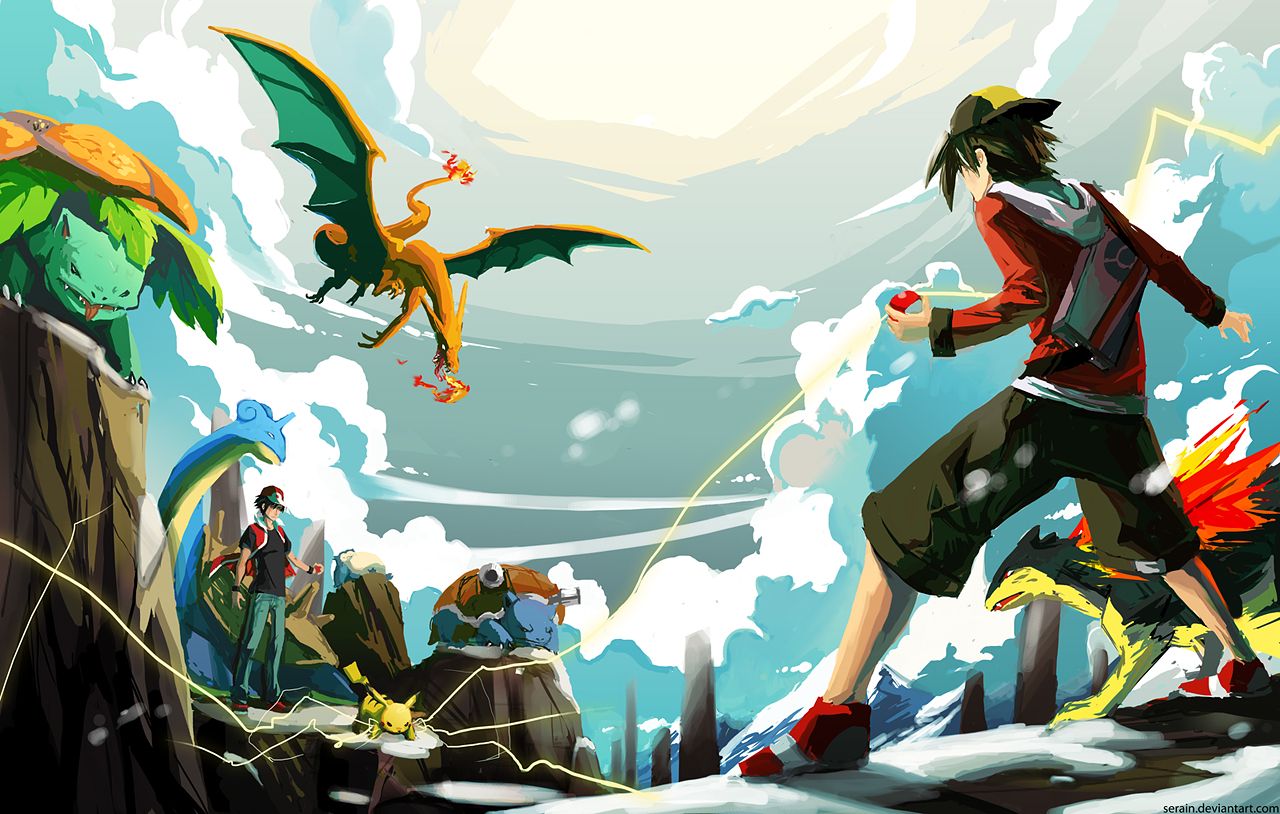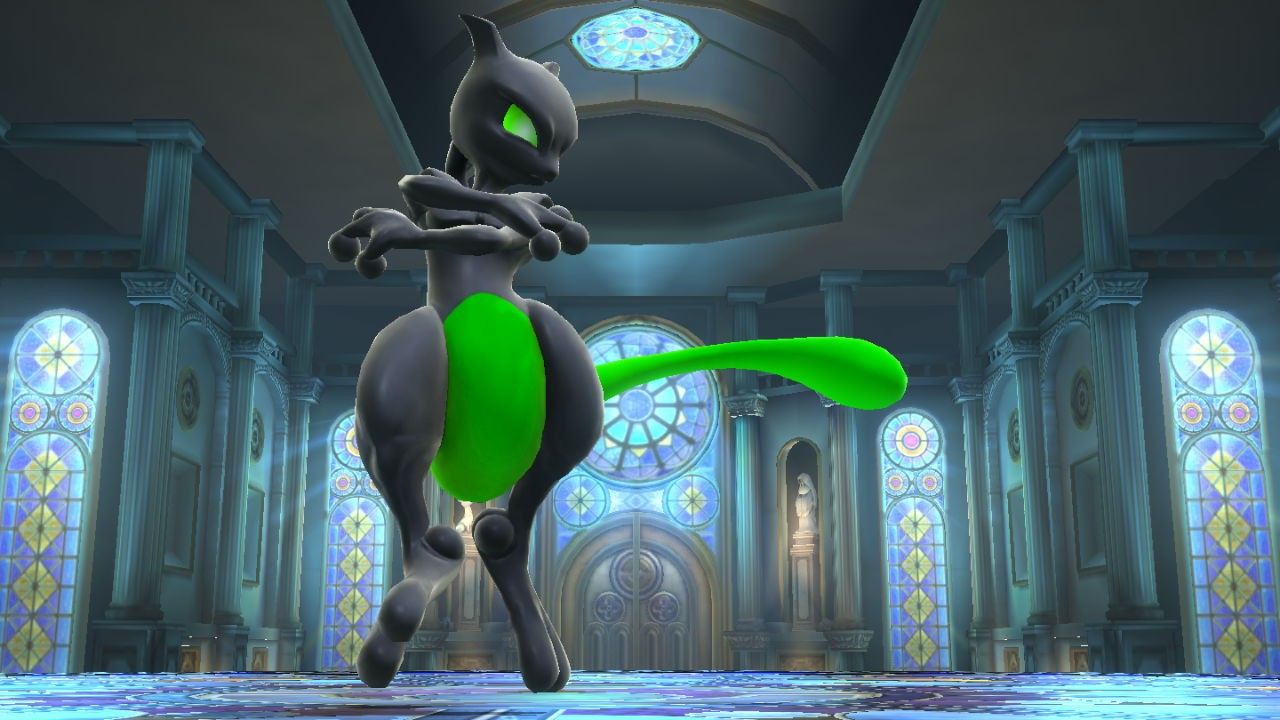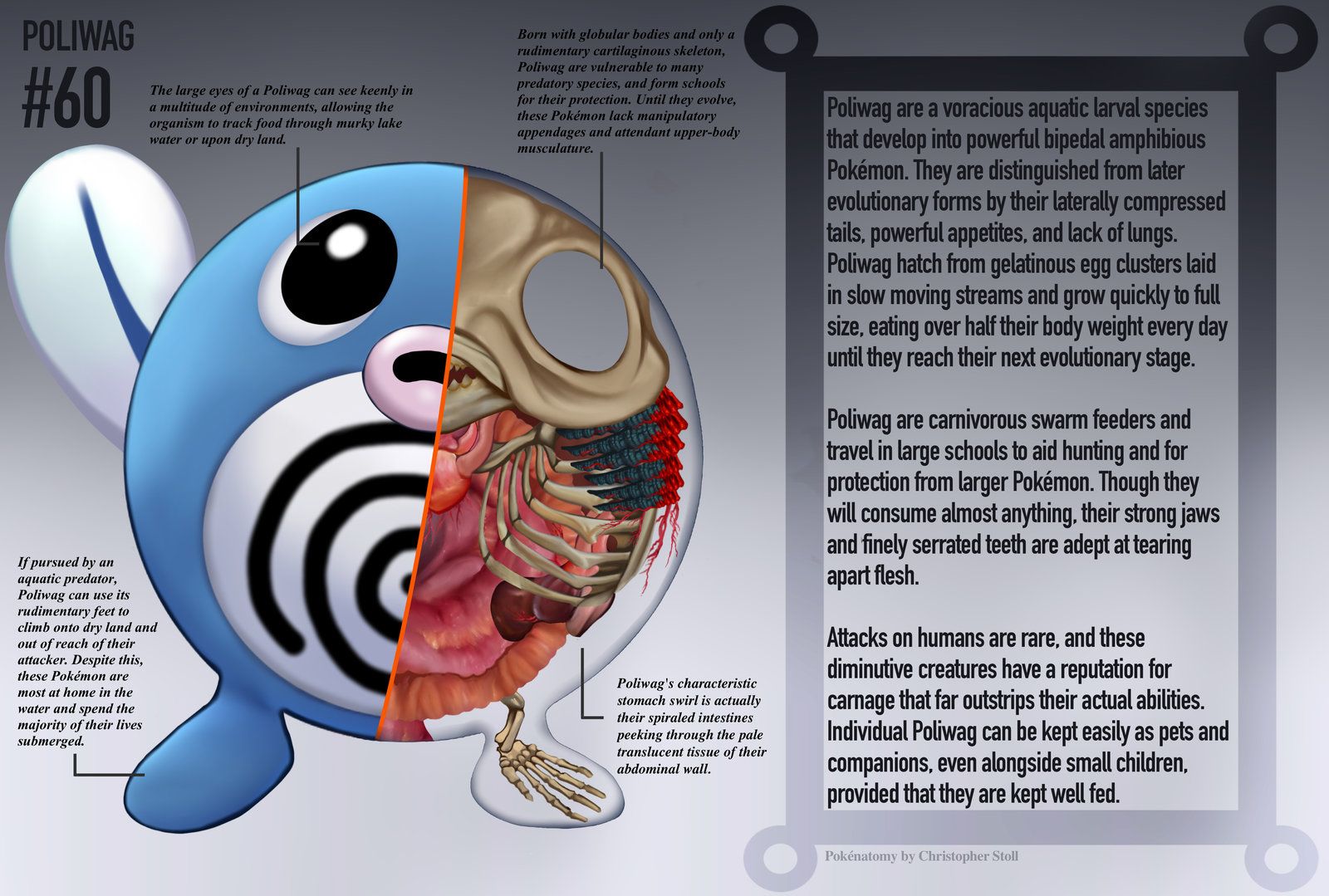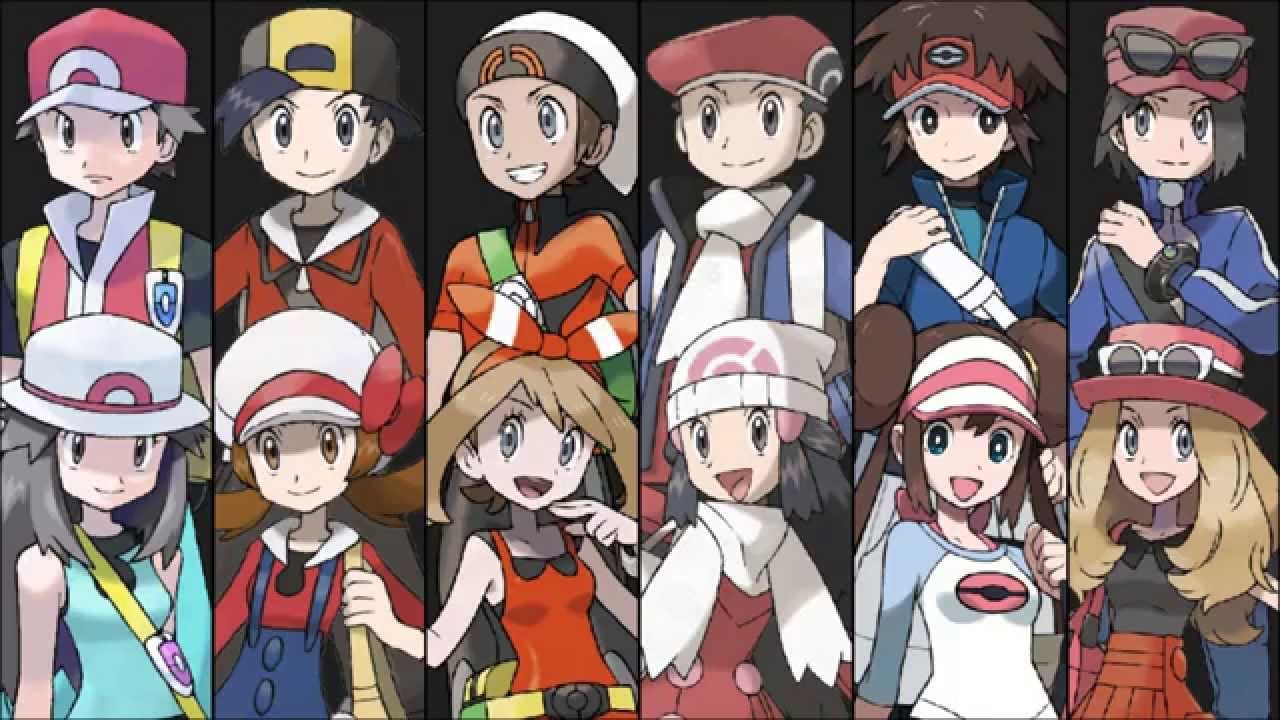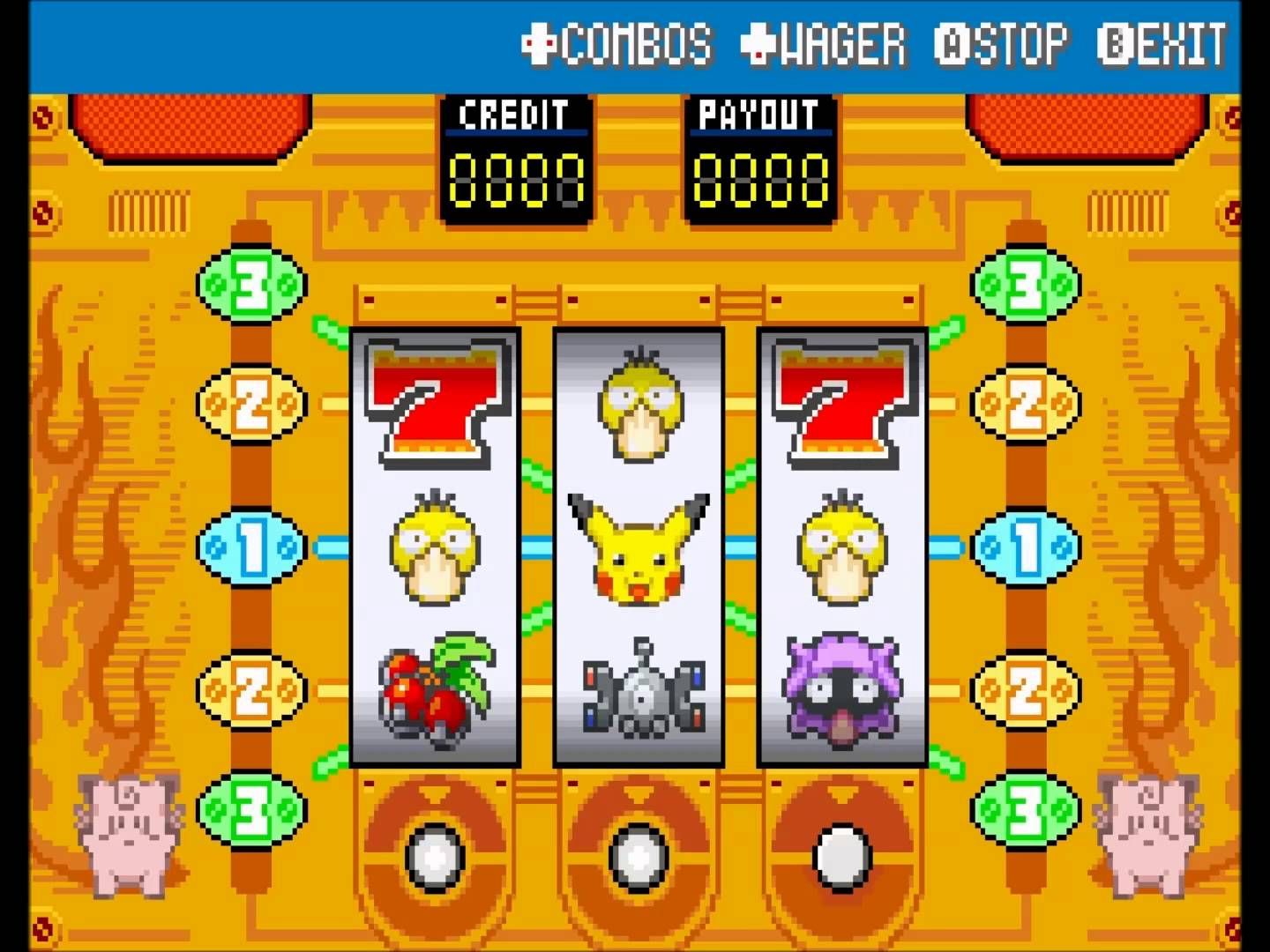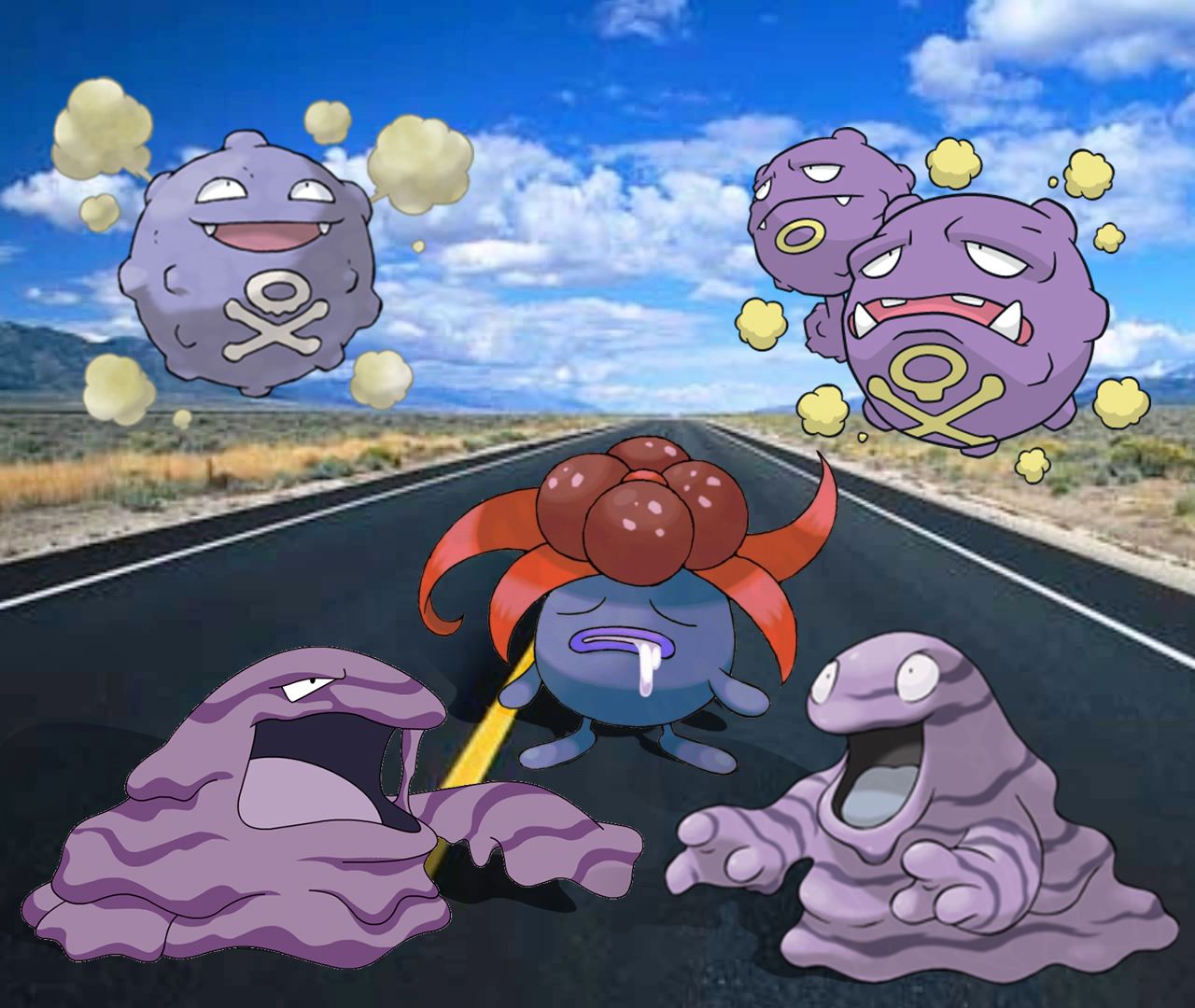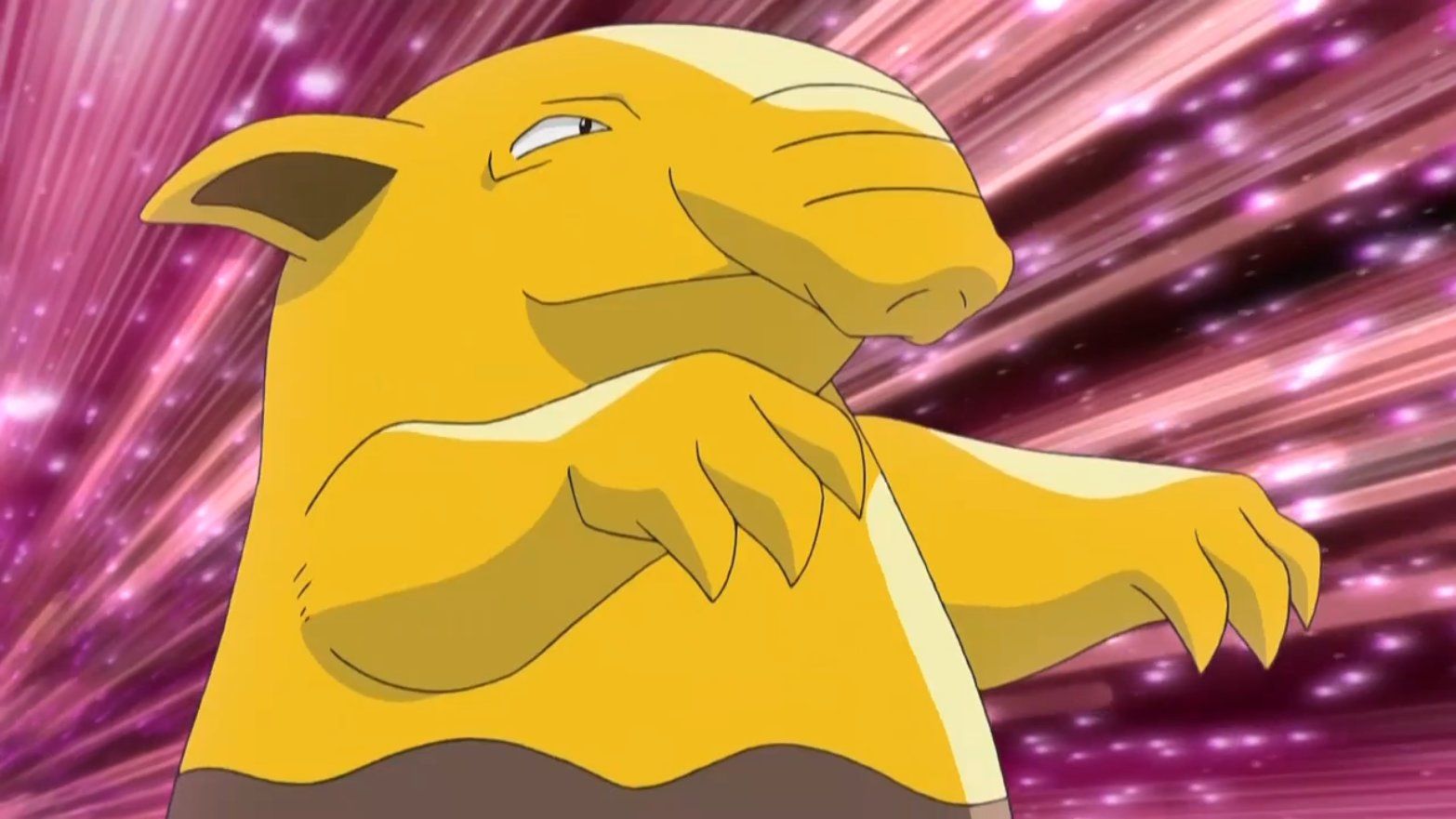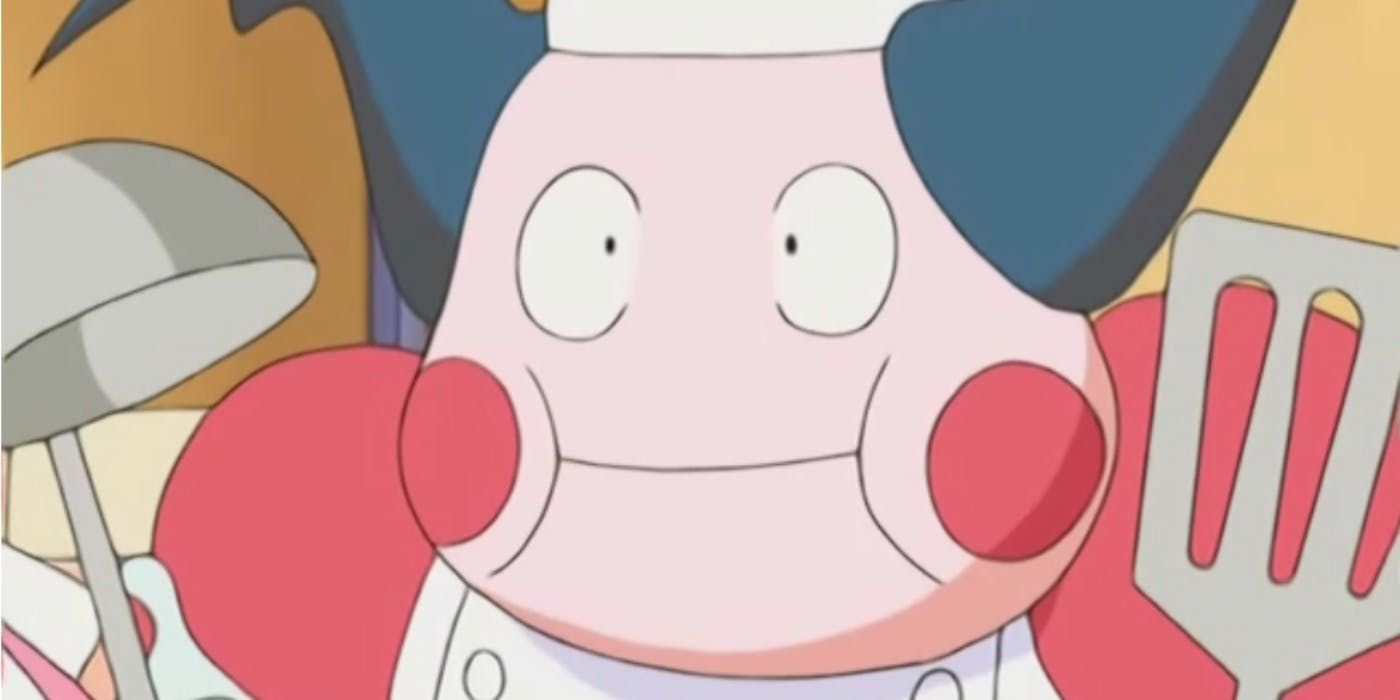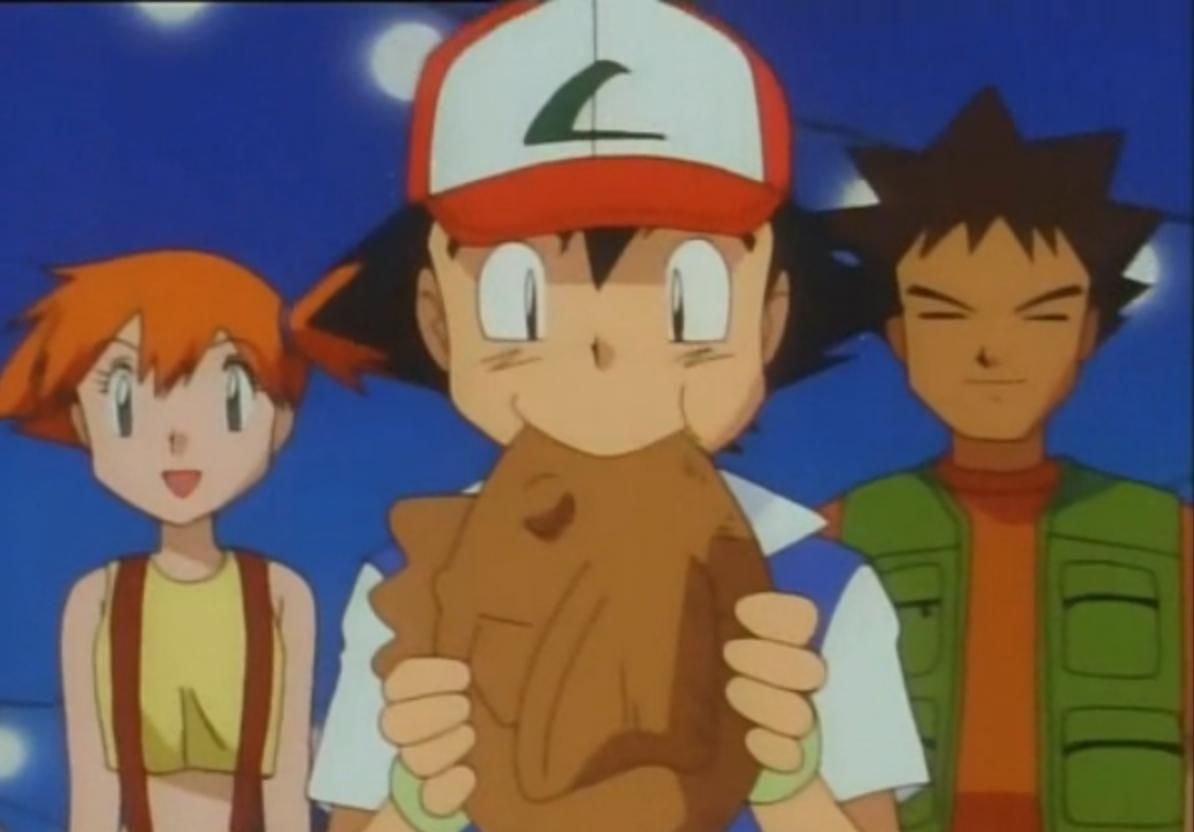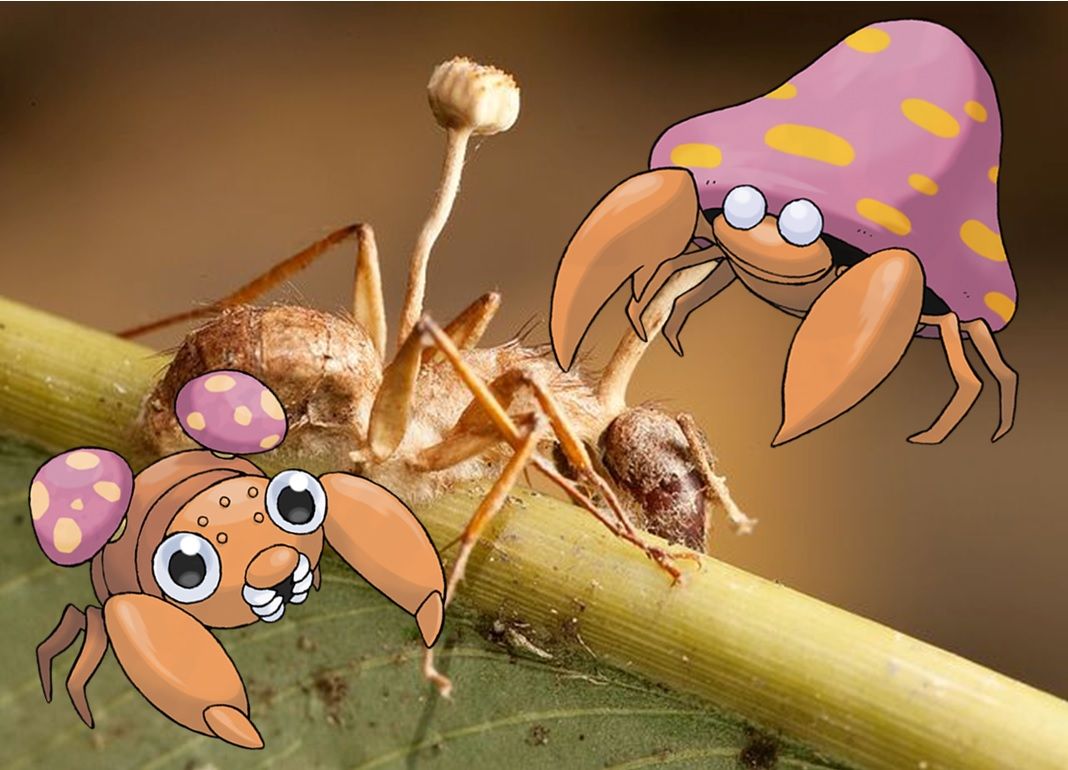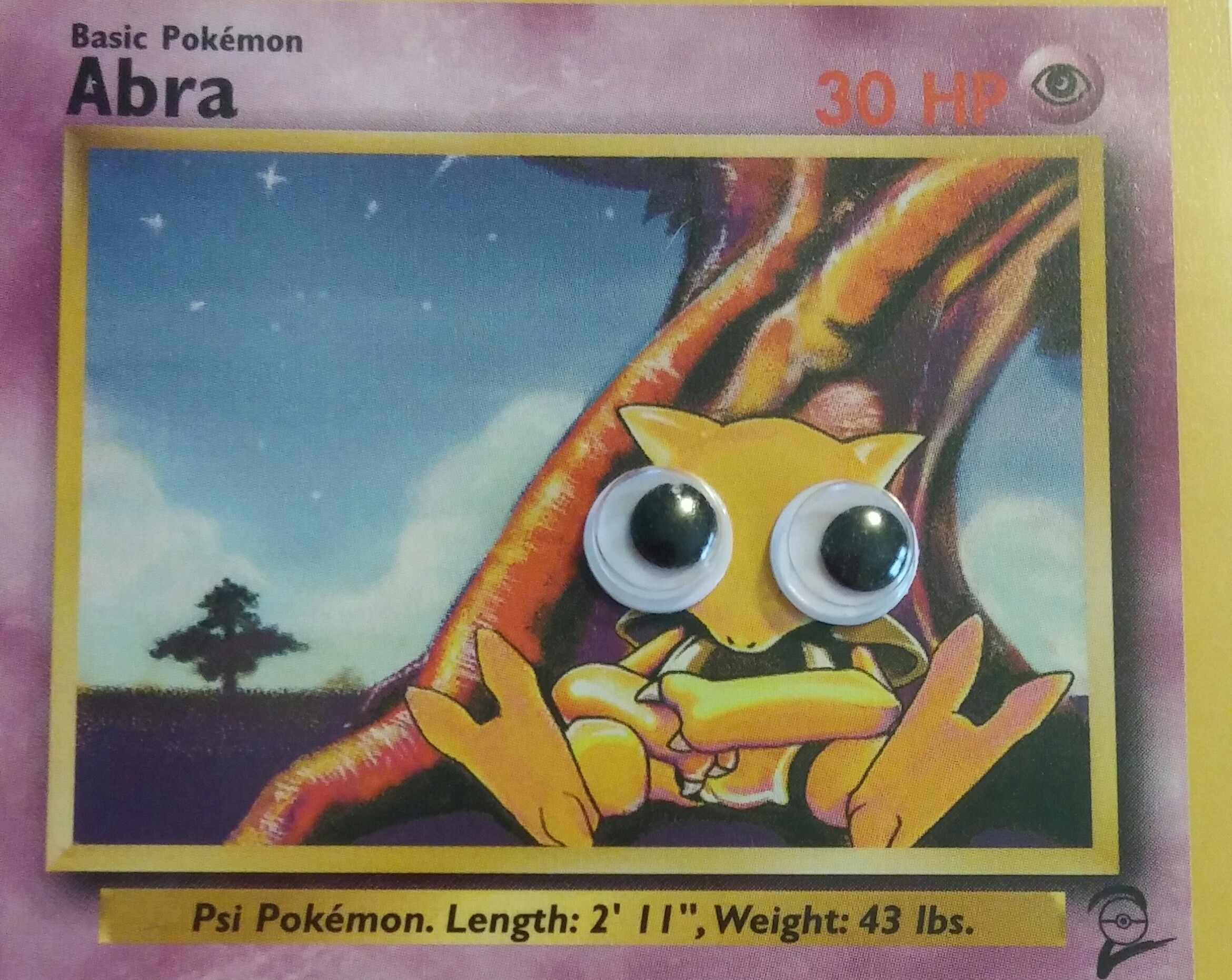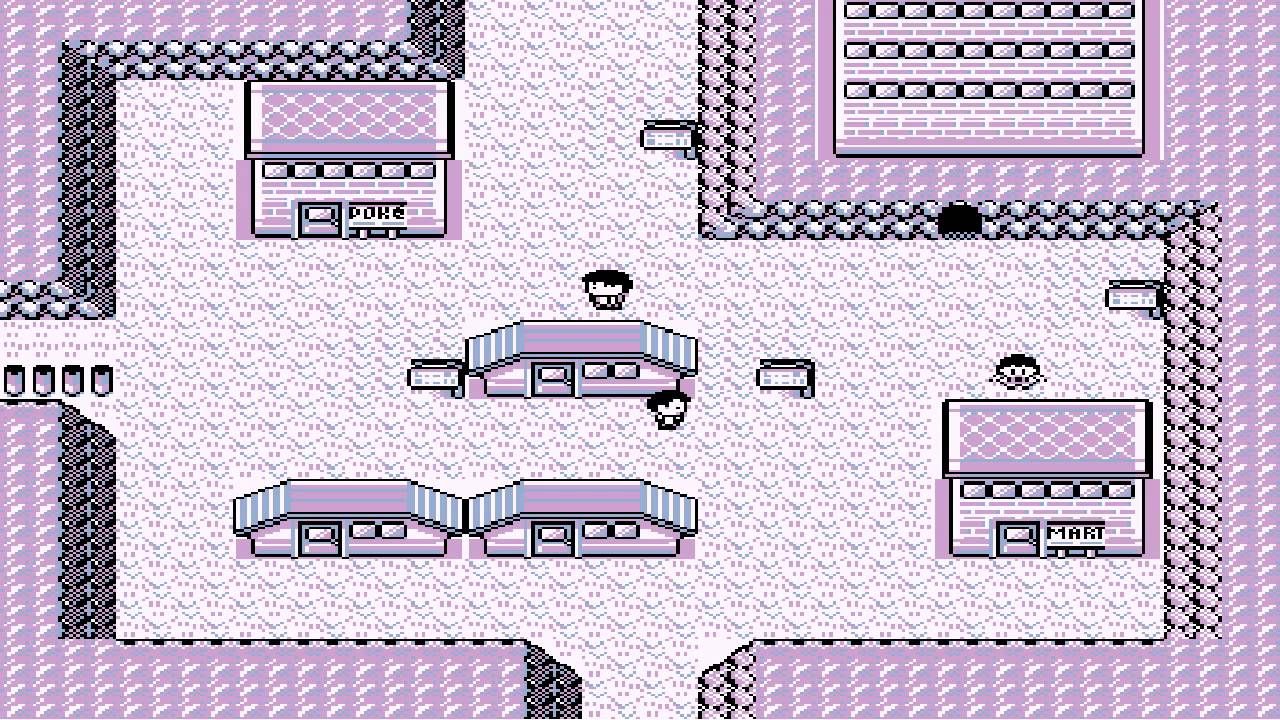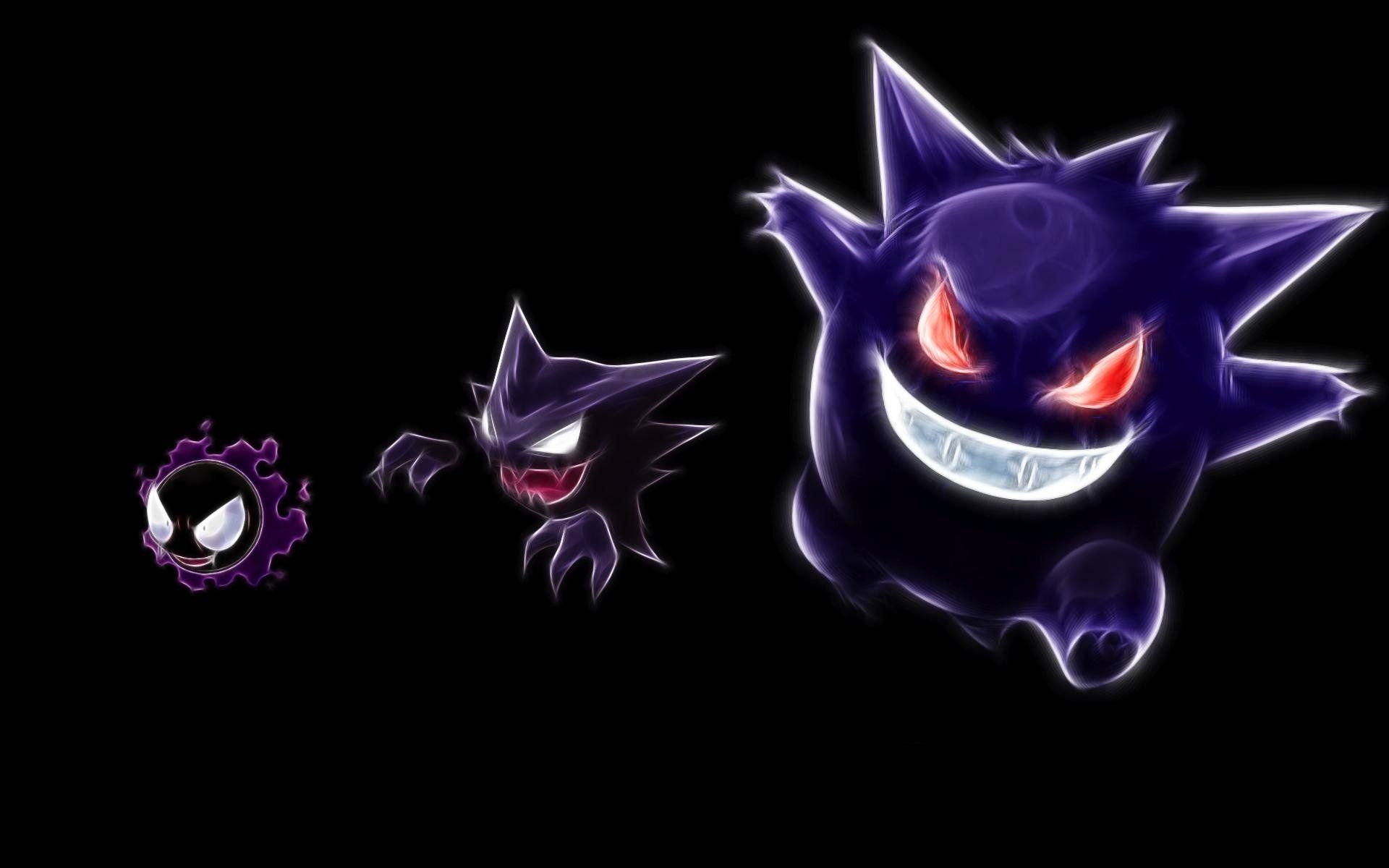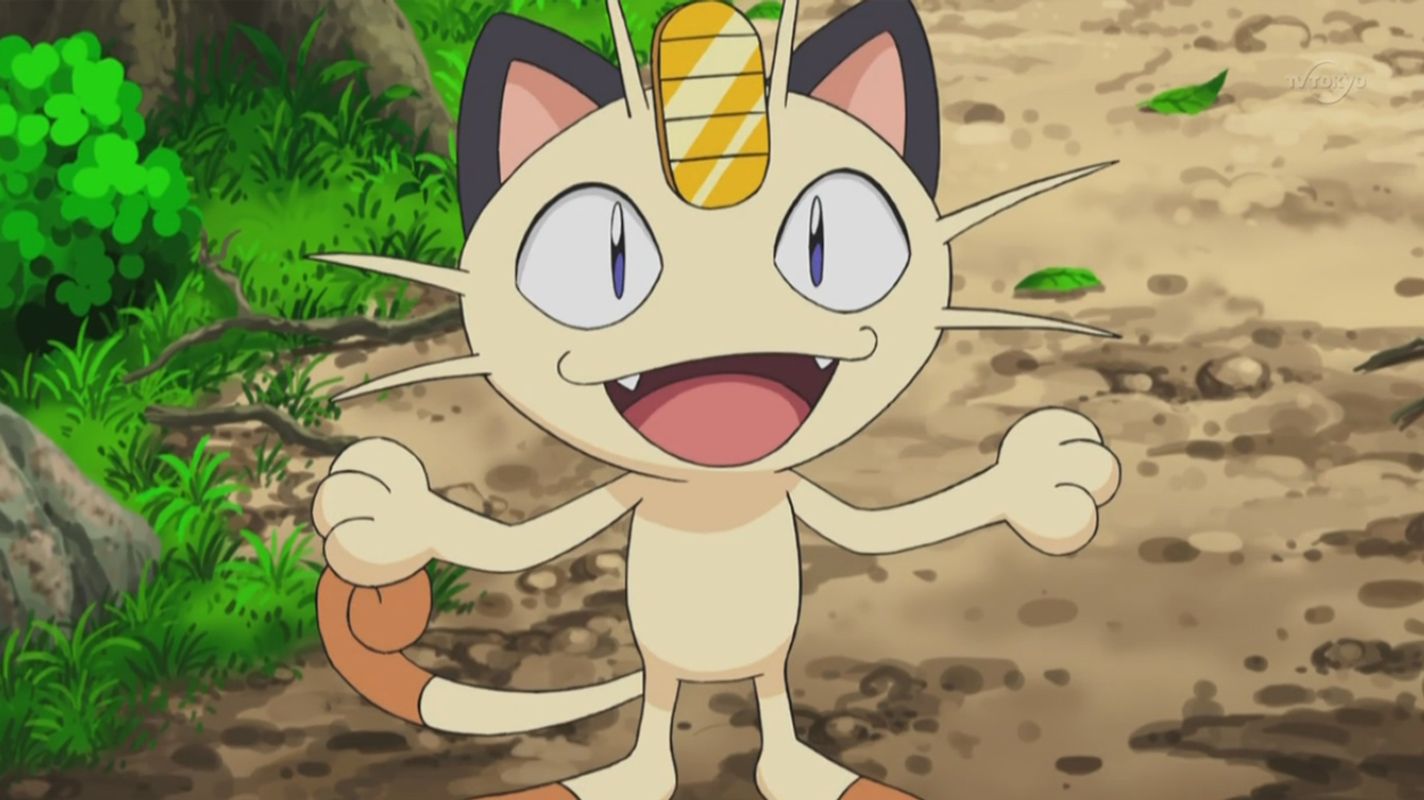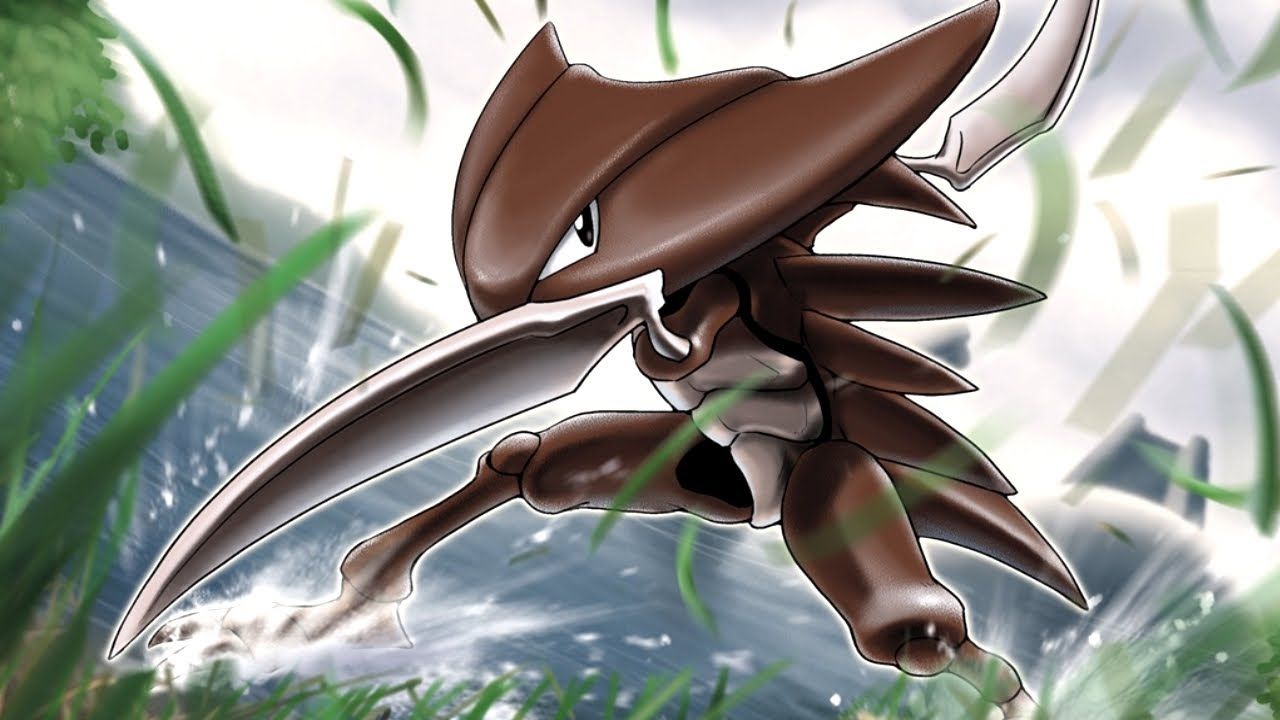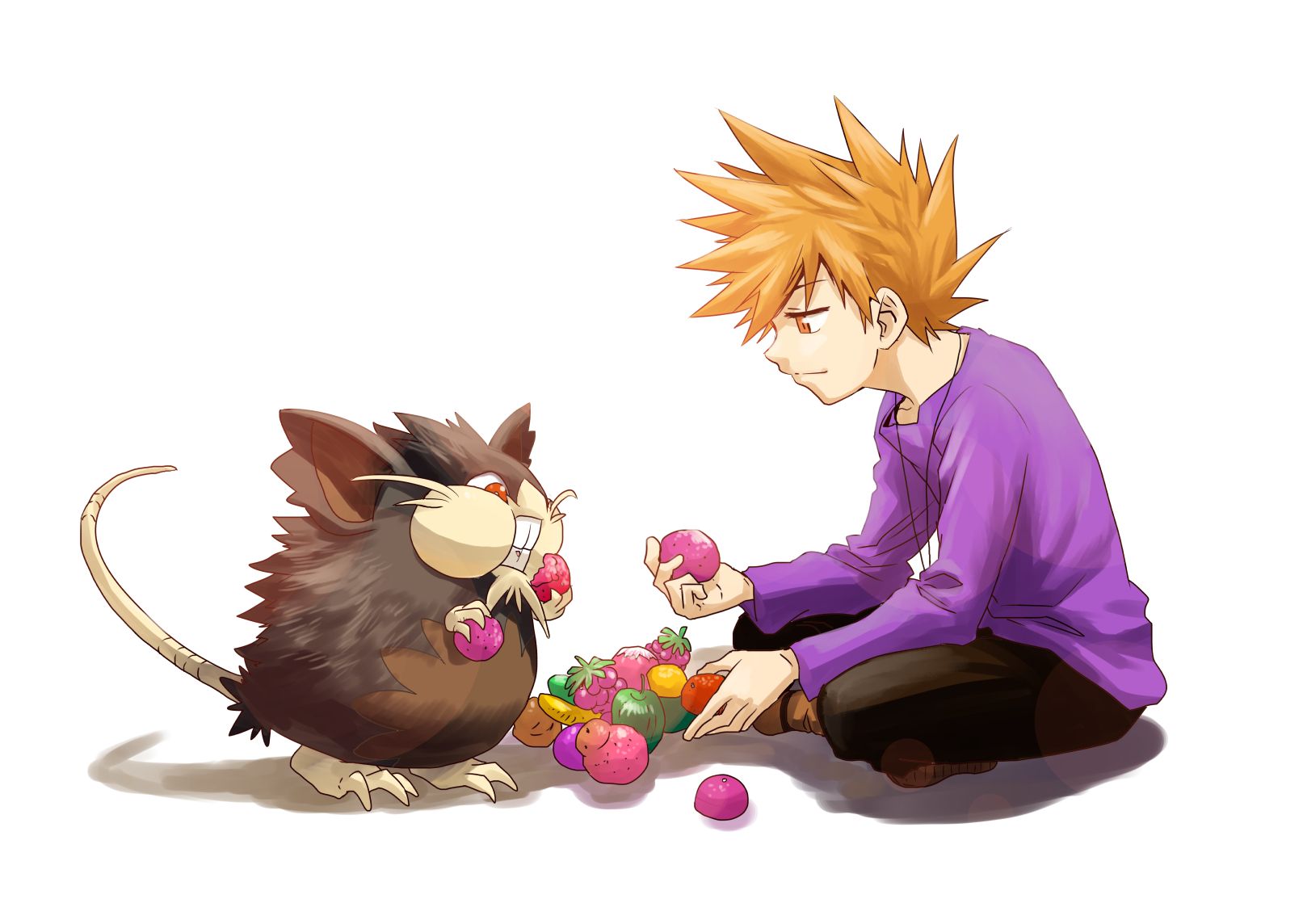Ahh, Pokémon. Few game franchises have brought us greater joy over the last 20 years, and none has seen the same success with its tie-in media. And really, is that any surprise? With their upbeat music, adorable monsters, and addictive level progression, the Pokémon games serve up a delightful combination of aesthetic pleasures with each passing generation. But underneath all the bubblegum pop-culture are a lot of dark secrets that you probably do not want to learn about your childhood fave. Naturally, this list of 25 facts about Pokémon Red and Blue is here to shatter your conceptions of Pokémon’s innocence.
Pokémon dates all the way back to 1996, when Game Freak and Nintendo released the first two games in the series on the Game Boy: Pokémon Red Version and Pokémon Green Version. “Green” would later be localized as “Blue” in the North American, Australian, and European releases in 1998. Those original games had 151 Pokémon for trainers to catch, trade, and battle. It was a simpler time.
Over the last 20 years, what began as two lowly children’s games has exploded into a worldwide franchise. Today, Pokémon exists in spin-off video games, manga, trading-card games, anime series, and a mobile gaming phenomenon, Pokémon GO. Real-life Pokémon Centers — named for in-game stores where trainers may purchase items and heal their injured Pokémon — have sprouted up across Japan and the U.S., offering fans the chance to buy exclusive merchandise, such as plushies, gallery figures, and Pokémon TCG cards.
But don't let all that glitz distract you. You're here for those dark Pokémon facts. So, without further ado, here's the stuff you never wanted to know about Pokémon Red and Blue.
24 Lance May Have Gotten His Pokémon From Team Rocket
Over the years, gamers have noticed something strange about the Pokémon that belong to the final member of the Elite Four, Lance, who sported a kick-ass team of Dragonites. There was just one small problem: Lance’s Dragonites were Level 48 and Level 50, and Dragonair can’t even evolve into Dragonite until it hits Level 55. And so we’ve all been left wondering: How did Lance get such powerful Pokémon so early? The answer might disturb you.
Only Team Rocket is known for prematurely evolving Pokémon, as they would do at Lake of Rage in Pokémon Gold and Silver. Coincidentally, Lance just happens to show up at the Team Rocket Hideout in those games, where he helps the trainer to defeat the Pokémon villains. Is it possible that Lance wanted to clear out the Rocket goons and steal their Pokémon-leveling technology for himself? Seems logical to me.
23 You Can Calm A Raging Ghost By Reuniting It With Its "Child"
After being killed by Team Rocket in their pursuit of Cubone skulls, a Marowak ghost won’t let anyone climb to the top of the Pokémon Tower, unless they find some way to calm her down. There are two ways to accomplish this objective. Players must either obtain the Silph Scope, which will identify the ghost and allow it to be fought, or they can deploy a Poké Doll against it. This item generally works as a decoy to allow trainers to escape from combat, but using it against Mama Marowak ends the battle and allows the trainer to progress. Why does the Poké Doll work against the ghost in Pokémon Tower, which is technically not able to be battled unless the player has the Silph Scope? Because it confuses the Marowak ghost into thinking that it has been reunited with the Cubone it died to protect. Pretty heart-breaking, honestly.
22 There's A Disturbing Reason Why Charmander Is So Rare
The original Starter Pokémon are one of a kind in the Kanto Region, but there might be a good reason for that, at least so far as Charmander is concerned. The little fire lizard has a live flame on the tip of its tail, and growing up Charmander means learning to avoid burning yourself with that fire. (Thank the PokéGods that Fire-type Pokémon are resistant to Fire-type attacks.)
The idea of bumbling baby Charmanders learning to use their tails might warm your heart, but those flames also have a darker purpose: to represent the life-force of the Pokémon to which they are attached. As a Charmander’s health declines, so does the strength of its tail-flame, and if the fire goes out, the Charmander will die. Now just think about how often it might rain in the Kanto region, and you’ll see why this revelation is so disturbing.
21 Your Pokémon May Be Using You
Although the argument that humanity’s relationship with Pokémon is inherently abusive is a compelling one, there’s another, perhaps more sinister possibility: that Pokémon are the ones who control their trainers.
The Pokémon franchise makes it very clear that Pocket Monsters do not have to obey their trainers; they only do so out of respect for a proven Pokémon master. Because Pokémon are free-thinking enough to choose whom they allow to command them, they might also be capable of manipulating their trainers into doing their bidding instead.
It’s not just a certain type of Pokémon, either. Because of the way the Pokémon Gym system is designed, even the most ambitious Lucario or Mewtwo would need a trainer in order to become a champion. So, what’s a wanderlusting Caterpie to do when they want to see the world? Convince a 10-year-old kid that they are destined for greatness, of course.
20 Pokémon Were Weaponized In The Not-So-Distant Past
You can blame Lt. Surge for this one. The Vermillion City gym leader frequently references a war that he survived in the not-so-distant past. Those quotes, combined with the fact that the Pokémon franchise focuses heavily on combat and features few adults, lend credibility to the theory that there was a Great Pokémon War, in which Red’s father, Blue’s parents, and many of the world’s unique monsters vanished. In this war, Pokémon like Magmar and Electabuzz were weaponized, and it’s highly probable that many species did not survive the fighting. Although some would say that the Great Pokémon War was actually a nuclear crisis that led to the creation of Pokémon, it’s far more likely that the nuclear fallout came long before Red and Blue were born.
19 Nuclear Fallout Might Explain The Pokémon World
I’m sure there are a lot of reasons why Pokémon could or could not exist, from a scientific perspective, but this is one of my favorites. Because so many Pokémon look like mutated versions of animals in our own world, some fans have theorized that the Pokémon games actually take place on a version of Earth that has been consumed by nuclear fallout. It explains the elemental moves, the awakening of formerly inanimate objects, and why Pokémon are so unstable as to make constant evolution possible.
The theory is so pervasive that it actually gave rise to a fan game, nine years in the making, called Pokémon Uranium. Unfortunately, Pokémon Uranium shut down shortly after its release, under pressure from Nintendo and Game Freak, but not before it racked up more than 1.5 million downloads in its first week on the Internet.
18 You Can See This Pokémon's Internal Organs
Aww, look at the little Poliwag with its teeny spiral belly and its bouncy good looks. Surely there’s nothing disturbing about this Pokémon, right? Right?!
Wrong. As it turns out, Poliwag is based on a species of Costa Rican tadpole that has a coiled intestine visible through its translucent skin. That’s right, Poliwag’s cute little swirly belly is actually an instance of body horror so severe it will make you think twice about petting your next animal tummy.
Of course, if you are paying attention through your disgust, you will note that this perfectly explains my point about Pokémon being mutated versions of real-world animals. Poliwag is one of many, many Pocket Monsters that bear an uncanny resemblance to creatures in our own world. Unfortunately, it just so happens to be one of the most disturbing facts about the Pokémon franchise.
17 Kanto Allows Children To Fight...
Can we talk about kids in the Pokémon games for a second? At 10 years old, I barely had the motor skills to make a peanut butter sandwich, much less travel across the continent, battling monsters that could hypnotize me and eat all of my dreams. But here are Red, Blue, and the other young Kanto trainers, heading off on their own adventures and calling their mothers as little as possible.
This dark fact about the Pokémon franchise didn’t occur to me before I was far past the age of 10, and for good reason. You aren’t supposed to realize that kids are fragile creatures that may be killed by pretty much anything until you aren’t a kid anymore. So, in a twisted way, this utterly disturbing aspect of the Pokémon games actually helps to keep their magic alive.
16 ...And Gamble
OK, adventuring, sure, but gambling? Aren’t there any laws that say 10-year-olds can’t throw away their hard-won Pokédollars on tokens for playing roulette and the slot machines? Evidently not.
In Kanto, trainers of all ages can waste their money in pursuit of elusive Pokémon, some of which are only available at the Celadon Game Corner. The child-protection aspect aside, should we even bother getting into how disturbing it is to think of the dozens of Abras, Clefairys, Nidorinas, Nidorinos, Pinsirs, Porygons, and Scythers waiting underneath the Celadon Game Corner’s prize counter for some poor gambler to cash in their coins for one of them. The animal lover in me does not even want to imagine what kind of abandonment issues those poor Pokémon must have.
15 Pollution Has Created Toxic Pokémon
Even if the world of Pokémon was not altered forever by nuclear radiation, it is still pretty clear that humanity managed to mess up the environment so horribly as to spawn unthinkable monsters in their streets. Case in point: the pollution Pokémon.
Koffing, Weezing, Grimer, and Muk are all pretty clear manifestations of humanity’s garbage lifestyle. The Pokédex does not bother mincing words about the toxicity of these Poison-type Pokémon. Koffing and Weezing both inhale and exhale noxious fumes, while Grimer and Muk thrive on the industrial waste that factories pump into the environment.
Don’t worry, though. The Pokémon franchise’s creators didn’t let humanity off scot-free. All four of these pollution Pokémon may cause harm to humans through their own toxic emissions, so the people of the Pokémon world are probably getting a just payback for their misdeeds.
14 Children Should Never Be Near Some Pokémon
It has always seemed kind of weird, at least to U.S. gamers, to think that children in the Pokémon world get to go out monster-fighting on their own, but the situation seems even more incredulous when you learn that there are some Pokémon children should never be allowed to come into close contact with.
Take, for example, Drowzee and Hypno. These two Psychic-type Pokémon are known to feast on the dreams of humans that they have hypnotized and put to sleep, and they just so happen to prefer eating the dreams of children more than those of adults. But because Drowzee and Hypno are such powerful Psychic-type Pokémon, they can actually kidnap children in order to eat their dreams. I don’t know about you, but my fond memories of Pokémon feel a little bit tainted now.
13 The World Revolves Around Pokémon Labor
Not only do humans create new and terrible Pokémon, but they also exploit them for labor. The entire world revolves around Pokémon labor, and you would be hard-pressed to find a town that does not use Pocket Monsters to conduct business in some form. Heavy-hitting Pokémon like Machamp perform construction work for their human masters, while blacksmiths employ Fire-types to keep their forges glowing. Every Pokémon Center has at least one Chansey in its employ to help heal trainers’ injured Pokémon, and karate dojos use Hitmonlee and Hitmonchan to spar with their trainees. In exchange, these Pokémon get...well, not much. They live outside of their natural environment, with humans who only care about them so long as they are useful. It’s a pretty bleak picture, and once you see it, you realize that PETA’s decision to boycott Pokémon was actually a logical one.
12 Pokémon May Make Up The Bulk Of The Food Supply
Speaking of PETA, did you know that the people in the world of Pokémon probably eat those magical creatures more regularly than you might expect? Even though we all thought Team Rocket were villains for chopping off Slowpokes’ tails and selling them as culinary delicacies, it is probably more realistic to say that they were poaching and price-gouging, but not technically committing a crime by selling Pokémon meat to passers-by.
The Slowpoke Tail nightmare aside, it is my duty to remind you that the original TV series frequently shows Ash and his friends eating Magikarp that has been prepared in a variety of ways. It’s a logical move, given just how plentiful Magikarp are in the Pokémon world, but it’s still kind of disturbing to think that one man’s pet is another man’s lunch.
11 Paras' Name Makes More Sense When You Know That Its Shell Is Unnatural
For 20 years, Pokémon fans have been wondering what the heck is up with Paras and Parasect, the Bug/Grass-type “Mushroom Pokémon.” I mean, is it a mushroom or a crab? We already have Krabby, the River Crab Pokémon, so having a second crustacean-inspired Pocket Monster seems unnecessary. It seems equally unlikely that Paras and Parasect would be just Mushroom Pokémon, however, given the fact that they obviously have claws. So what gives?
As it turns out, Paras and Parasect are the victims of Ophiocordyceps, a zombifying fungus that takes over its insect hosts. The fungus’ most famous victims are a particular kind of carpenter ant, which it controls in order to spread its spores to other ants, but other strains infect moths and worms. One type, O. sinesis, has a use in traditional Chinese medicine, and was the basis for the fungus that grows on Paras and Parasect.
10 Psychic Pokémon Might Know Something We Don't
In a series as large as the Pokémon franchise, players are bound to find some quirks that simply don’t make sense in the real world. Some of Pokémon’s supposedly inexplicable features might have good explanations upon deeper examination, though.
Take, for example, the fact that Psychic-type Pokémon are weak against Bug-types. Now why on earth would powerful Pokémon like Alakazam and Hypno have to fear the lowly Butterfree? Unlike the Fire/Water/Grass-type triangle, making Psychic- and Bug-types into opposing forces just doesn’t make much narrative sense.
So that means the only logical explanation is that Psychic-type Pokémon know something about those Bug-types that we don’t. Misty was probably right to fear them all along. I mean, why shouldn’t you be afraid of a Pokémon that can shrug off Confusion but deal massive damage with Leech Life?
9 The First Pokémon Game Spawned A Myth That Won't Die
Even if you never played Pokémon Red and Blue, if you have been on the Internet over the last 10 years, you probably know about Lavender Town. This mountain village in the Kanto region is home to a Pokémon graveyard and the haunted Pokémon Tower, and that’s probably why it spawned one of gaming’s most pernicious myths: that of the Lavender Town Syndrome.
The story goes that Japan saw a rise in child suicides after the release of Pokémon Red and Green, and that their deaths were caused by exposure to a high-pitched tone in the theme music for Lavender Town, which was played at too high a frequency for most adults and older children to detect. Of course, the Lavender Town Syndrome is nothing more than myth, but its long tenure as a go-to creepypasta is a testament to just how creepy the Pokémon games can be.
8 The Original Ghost Types May Not Be Unique Pokémon At All
The ghost haunting the Pokémon Tower in Lavender Town turned out to be the spirit of a departed Marowak, but what about the other ghosts in the franchise, specifically the Ghost-types? In Pokémon Red and Blue, there’s reason to believe that the original Ghost-types — Gastly, Haunter, and Gengar — are the spirits of dead Cloysters. Gengar is similar in size and shape to the Shellder evolution, and the original Pokémon numbering system placed Gastly immediately after Cloyster.
Another theory, however, suggests that Gastly and crew can possess material objects, animating them into Pokémon. According to this theory, Shellder and Cloyster are shells that have been possessed by a Gastly, while Electrode and Voltorb come from Pokéballs that have been inhabited by a rogue Haunter.
Then there’s the theory that Gengar, the “Shadow Pokémon,” is the dark mirror version of Clefairy...
7 Human Language Might Have Evolved From Pokémon
It’s always seemed pretty weird that Pokémon language involves repeating their names over and over again. I mean, can you imagine if a kangaroo just went around shouting, “Roo! Kanga! Garoo!”? Like I said, weird.
Some Pokémon, most notably Team Rocket’s Meowth and Mewtwo, have been known to use human language in their conversations, but they might actually reverse a historical precedent in doing so. If Pokémon have always communicated as they do, then it’s likely that humans learned how to speak by mashing together syllables from the various Pokémon they listened to. This explains why Pokémon names sound so much like words we use today: Diglett digs, Wailord resembles a whale, and Lickitung licks with its tongue. Pretty cool, huh? And certainly not at all disturbing to think that our ancestors learned to speak by talking to a bunch of weird creatures.
6 The Fossil You Revive Could Kill Everyone
There’s a whole trilogy of movies that explain why bringing fossilized creatures back from extinction is a bad idea, but Jurassic Park doesn’t exist in the world of Pokémon, so the original games feature scientists that allow the 10-year-old protagonist to revive one Pokémon fossil of their choice: Omanyte or Kabuto. Both of these monsters are pretty dang cute in their pre-evolved form, but they get pretty nightmarish around level 40, Kabuto in particular. The “Shellfish Pokémon” evolves into a bipedal monstrosity with long, scythe-like blades for arms. Kabutops bears a closer resemblance to Dead Space’s Necromorphs than to its fellow Pocket Monsters, and its Pokédex entry is one of the most disturbing things you’ll ever read: “It slashes prey with its claws and drains the body fluids.” I just hope it’s on our side.
5 Blue's Pokémon May Have Died...
Yet another tale from Lavender Town, the supposed death of Blue’s Raticate is one of the most heart-wrenching moments in Pokémon Red and Blue. After facing off against their rival aboard the S.S. Anne, the player next encounters Blue in Lavender Town, where he asks them if they know what it is like to have one of their Pokémon die. From then on, Blue will no longer have a Raticate in his party.
Pokémon deaths are rarely discussed in the franchise, making this moment all the more shocking. Players are used to having their monsters faint, only to be woken up with full HP at the closest Pokémon Center. Even if you were to put away your copy of Pokémon Red or Blue for years, your Pokémon team would still be there, waiting for you, whenever you returned to it. But something went wrong with Blue’s Raticate...

